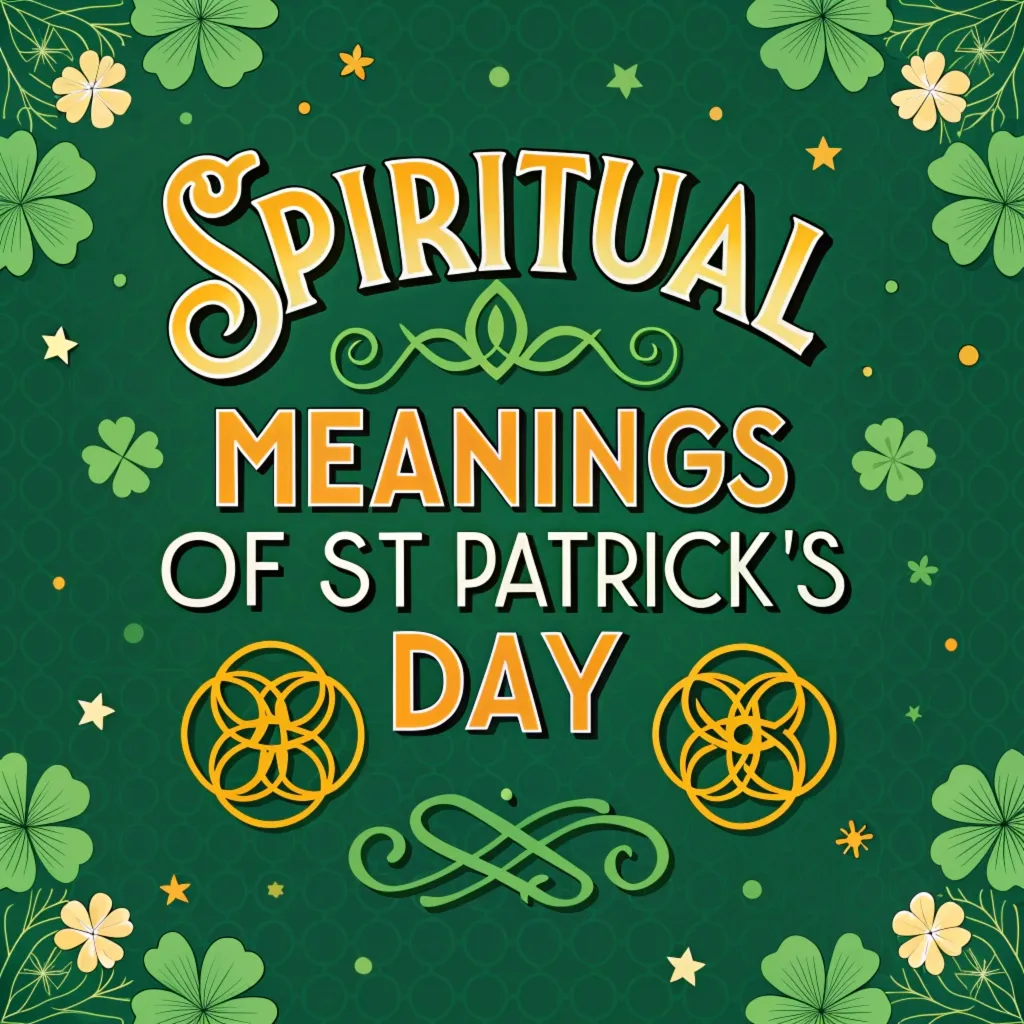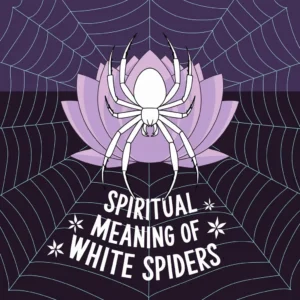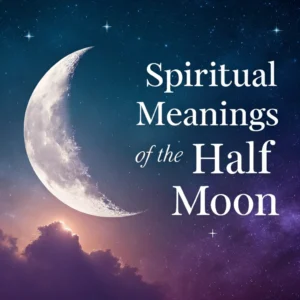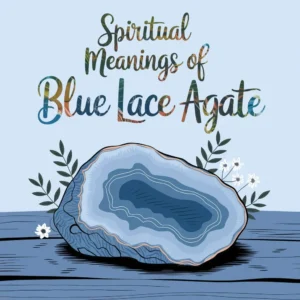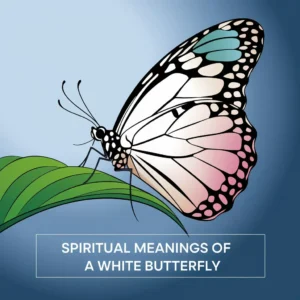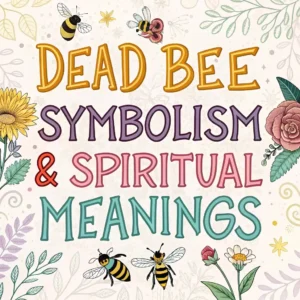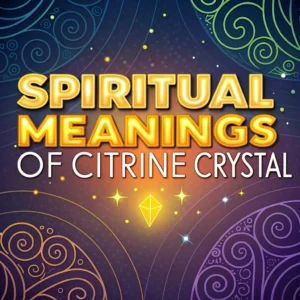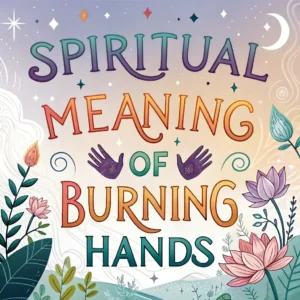St. Patrick’s Day is more than just a day for wearing green and having fun. It’s a special day that helps us remember an important person named Saint Patrick.
He lived a long time ago and did something amazing. He taught people in Ireland about God and Christianity. This day is full of interesting stories and symbols that have deep meanings.
Let’s learn about why St. Patrick’s Day is so special and what it means to many people around the world.
We’ll discover how this day helps us think about faith, hope, and being kind to others. Get ready to explore the spiritual side of St. Patrick’s Day!
The Spiritual Essence of St. Patrick’s Day
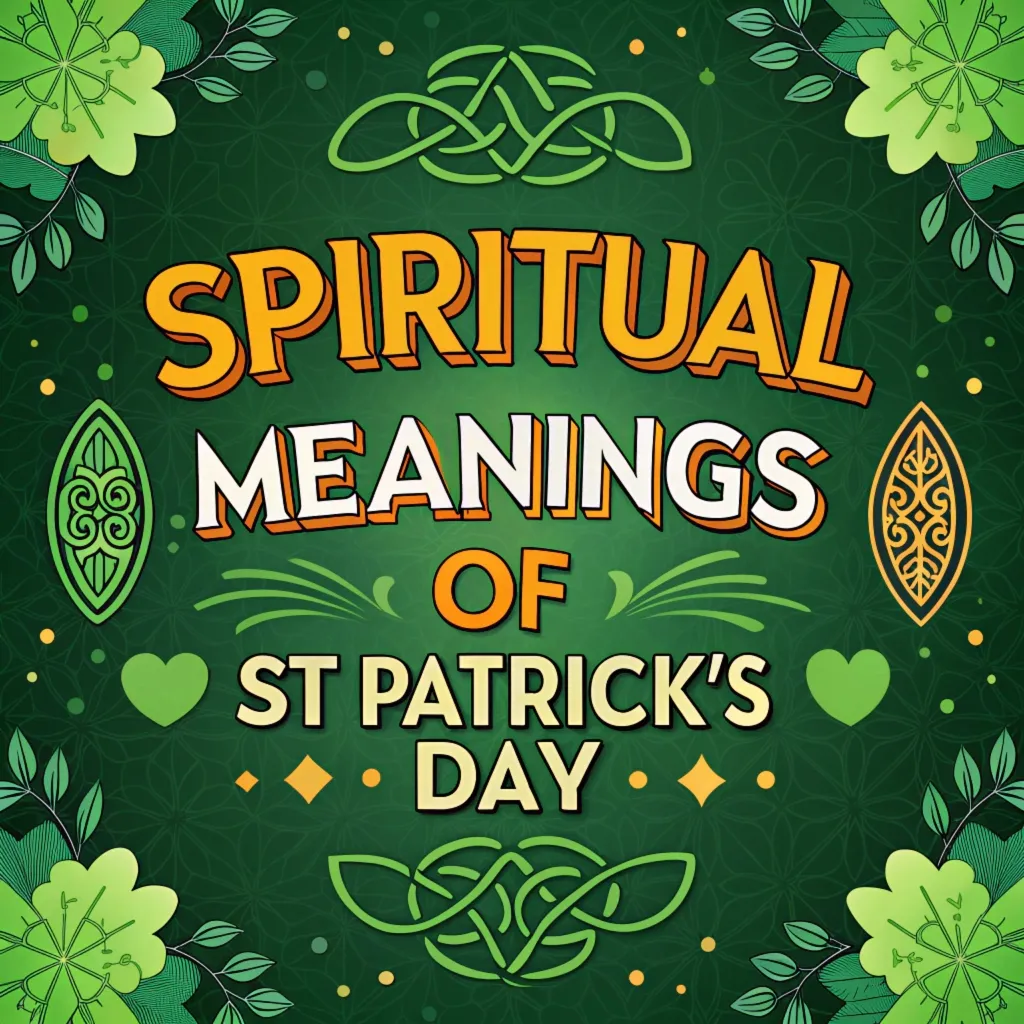
- Saint Patrick’s Mission: The holiday commemorates Saint Patrick’s work in bringing Christianity to Ireland in the 5th century.
- Shamrock Symbolism: The three-leafed shamrock represents the Holy Trinity – Father, Son, and Holy Spirit.
- Faith Renewal: For many Christians, St. Patrick’s Day offers a chance for spiritual reflection and recommitment to faith.
- Cultural Celebration: The day honors Irish heritage and the enduring impact of Saint Patrick’s teachings.
- Universal Themes: St. Patrick’s Day embodies universal values of hope, renewal, and community.
- Lenten Observance: The holiday often falls during Lent, providing a brief respite from fasting for some Christians.
- Prayer and Devotion: Saint Patrick’s Breastplate prayer remains a powerful spiritual tool for many believers.
- Overcoming Adversity: Saint Patrick’s life story inspires resilience and faith in the face of challenges.
- Evangelization: The day reminds us of the importance of sharing one’s faith with others.
- Spiritual Transformation: St. Patrick’s Day symbolizes personal and societal transformation through faith.
The Life of Saint Patrick: A Spiritual Journey
Saint Patrick’s story begins with hardship. Born in Roman Britain, Patrick faced captivity in Ireland as a youth.
This experience sparked a profound spiritual awakening. After escaping slavery, Patrick devoted his life to Christianity and returned to Ireland as a missionary.
Saint Patrick was born a long time ago in Britain. When he was young, bad people took him to Ireland. This made him very sad, but it also made him think about God.
He escaped and went back home. Later, he decided to go back to Ireland to teach people about God. This shows how Saint Patrick turned a bad thing into something good.
The Shamrock: A Symbol of Faith
The shamrock holds deep spiritual meaning in St. Patrick’s Day celebrations. Legend tells that Saint Patrick used this three-leafed plant to explain the concept of the Holy Trinity.
This simple yet powerful symbol continues to represent the core of Christian belief.
The shamrock is a small plant with three leaves. Saint Patrick used it to teach people about God. He said the three leaves are like God the Father, Jesus the Son, and the Holy Spirit.
Even though it’s just a little plant, it helps people understand a big idea about God. That’s why the shamrock is very important in St. Patrick’s Day celebrations.
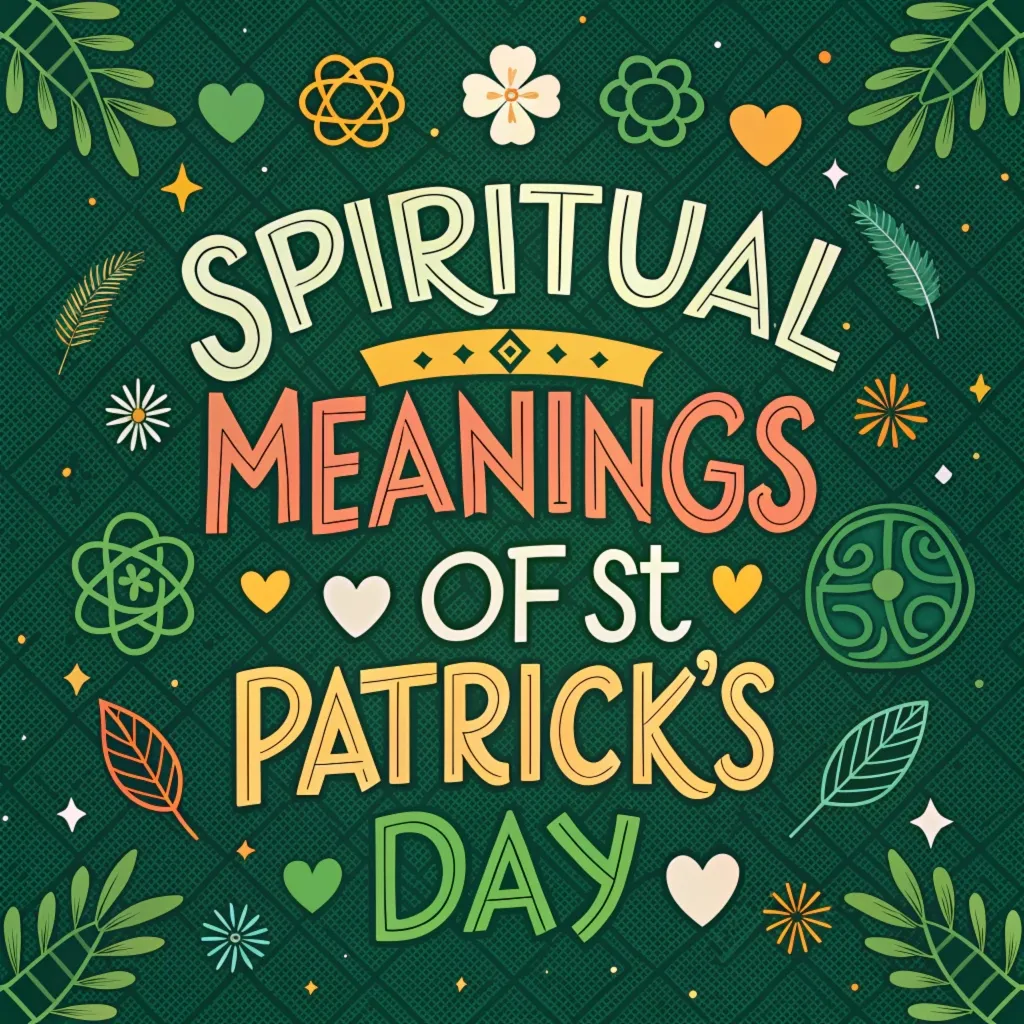
A Day of Spiritual Reflection
For many Christians, St. Patrick’s Day offers a moment for spiritual introspection. The holiday often falls during Lent, providing an opportunity to renew faith commitments and reflect on personal spiritual journeys.
St. Patrick’s Day is not just about parties. It’s also a time for people to think about God and their faith. Many people use this day to pray and think about how to be better.
It’s like taking a quiet moment to talk to God and think about what’s important in life. This makes St. Patrick’s Day special for many people who believe in God.
Honoring Irish Christian Heritage
St. Patrick’s Day celebrates the rich Christian heritage of Ireland. The holiday recognizes the enduring impact of Saint Patrick’s mission and the deep roots of Christianity in Irish culture.
Ireland has a long history with Christianity. Saint Patrick helped bring this religion to Ireland many years ago. Now, St. Patrick’s Day is a way to remember this history.
It shows how important Saint Patrick’s work was. The holiday helps people think about how Christianity has been a big part of Irish life for a very long time.
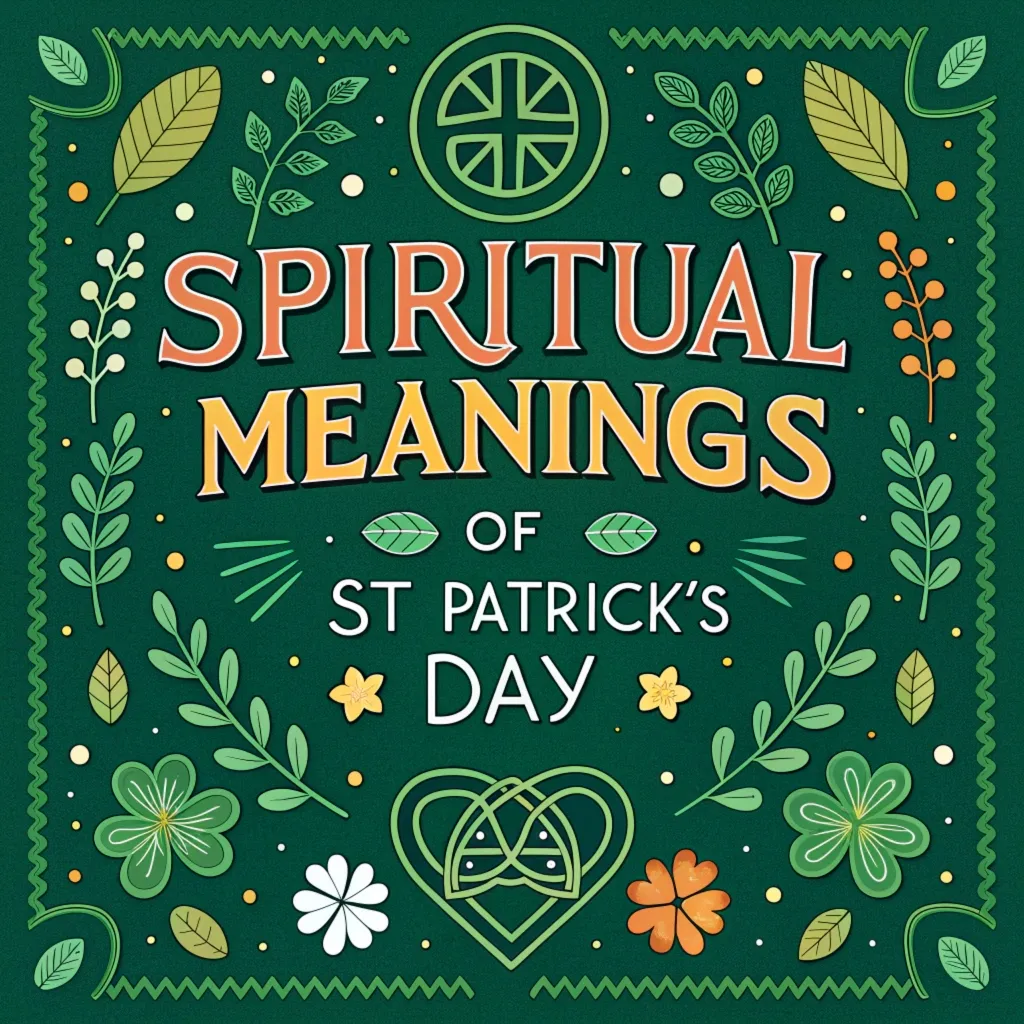
Universal Themes of Hope and Renewal
While rooted in Christian tradition, St. Patrick’s Day embodies universal spiritual themes. The holiday represents hope, renewal, and the power of faith to transform lives and communities.
St. Patrick’s Day is about more than just one religion. It’s about ideas that everyone can understand. The holiday talks about hope, which means believing good things will happen.
It also talks about renewal, which is like starting fresh. These ideas can help people feel better and make their lives and communities nicer. That’s why St. Patrick’s Day is special for many people, even if they’re not Christian.
The Breastplate of Saint Patrick
Saint Patrick’s Breastplate, a powerful prayer attributed to the saint, remains a cornerstone of St. Patrick’s Day spirituality.
This prayer invokes divine protection and affirms faith in God’s presence in all aspects of life.
Saint Patrick wrote a special prayer called the Breastplate. It’s like a shield made of words to protect people.
In this prayer, Saint Patrick asks God to keep him safe. He also says that God is everywhere and in everything.
Many people still say this prayer today, especially on St. Patrick’s Day. It helps them feel close to God and protected.
Overcoming Adversity Through Faith
Saint Patrick’s life story inspires believers to persevere through challenges. His journey from slave to saint demonstrates the transformative power of faith and dedication to a higher purpose.
Saint Patrick had a hard life at first. He was taken from his home and made a slave. But he didn’t give up. He believed in God and kept hoping things would get better.
Later, he became a very important person who helped many people. His story shows that even when things are tough, having faith can help you get through it. This is why many people find Saint Patrick’s life inspiring.
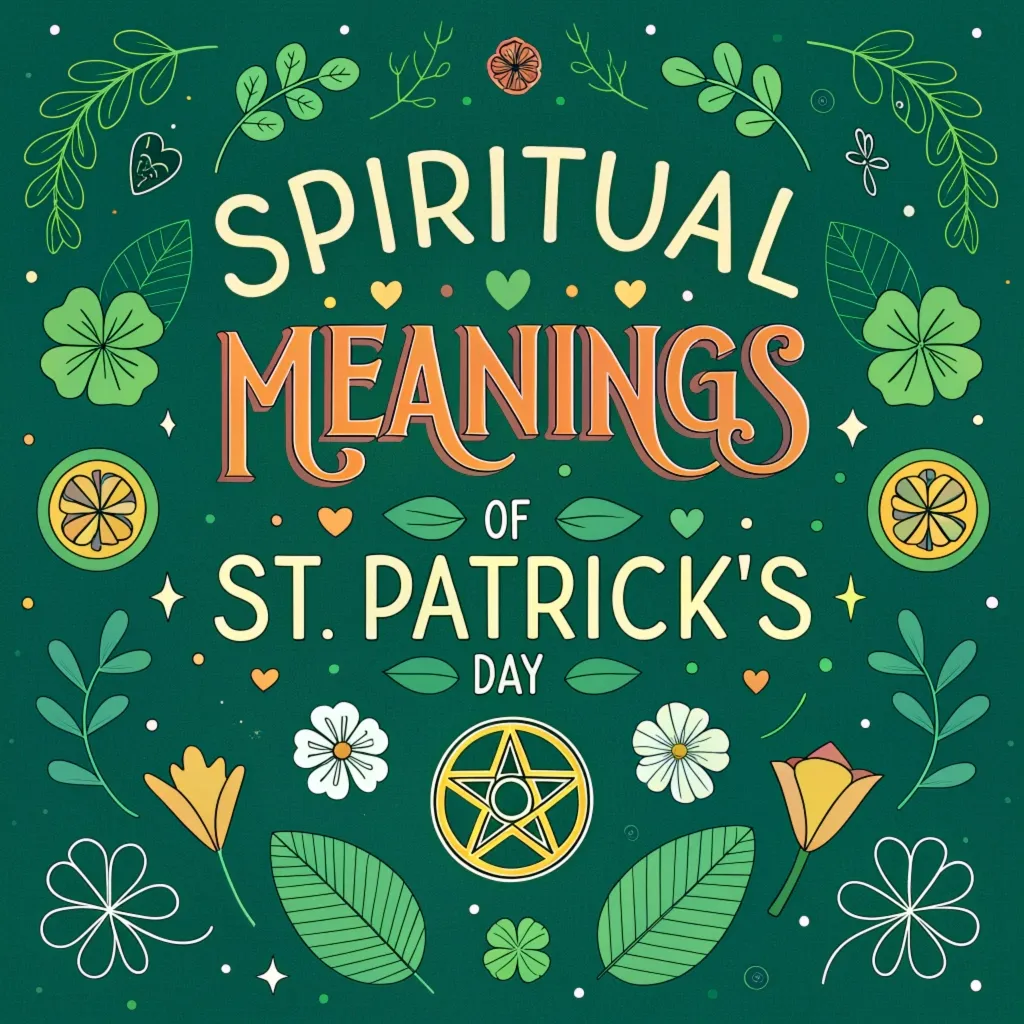
The Call to Evangelization
St. Patrick’s Day reminds Christians of the importance of sharing their faith. Saint Patrick’s missionary work in Ireland serves as a model for spreading spiritual messages with courage and conviction.
Saint Patrick went to Ireland to tell people about God. This is called evangelization. It means sharing what you believe with others.
On St. Patrick’s Day, many Christians think about how they can share their faith too. They remember how Saint Patrick was brave and kind when he talked to people about God. This encourages them to do the same in their own lives.
A Time for Community and Celebration
While deeply spiritual, St. Patrick’s Day also fosters a sense of community. The holiday brings people together, celebrating shared heritage and values through joyful gatherings.
St. Patrick’s Day is a time when people come together. They have parties and parades. These celebrations help people feel connected to each other.
It’s a chance to remember where they come from and what they believe in. Even if people are not Irish, they can join in the fun. This makes St. Patrick’s Day a happy time for everyone to enjoy being together.
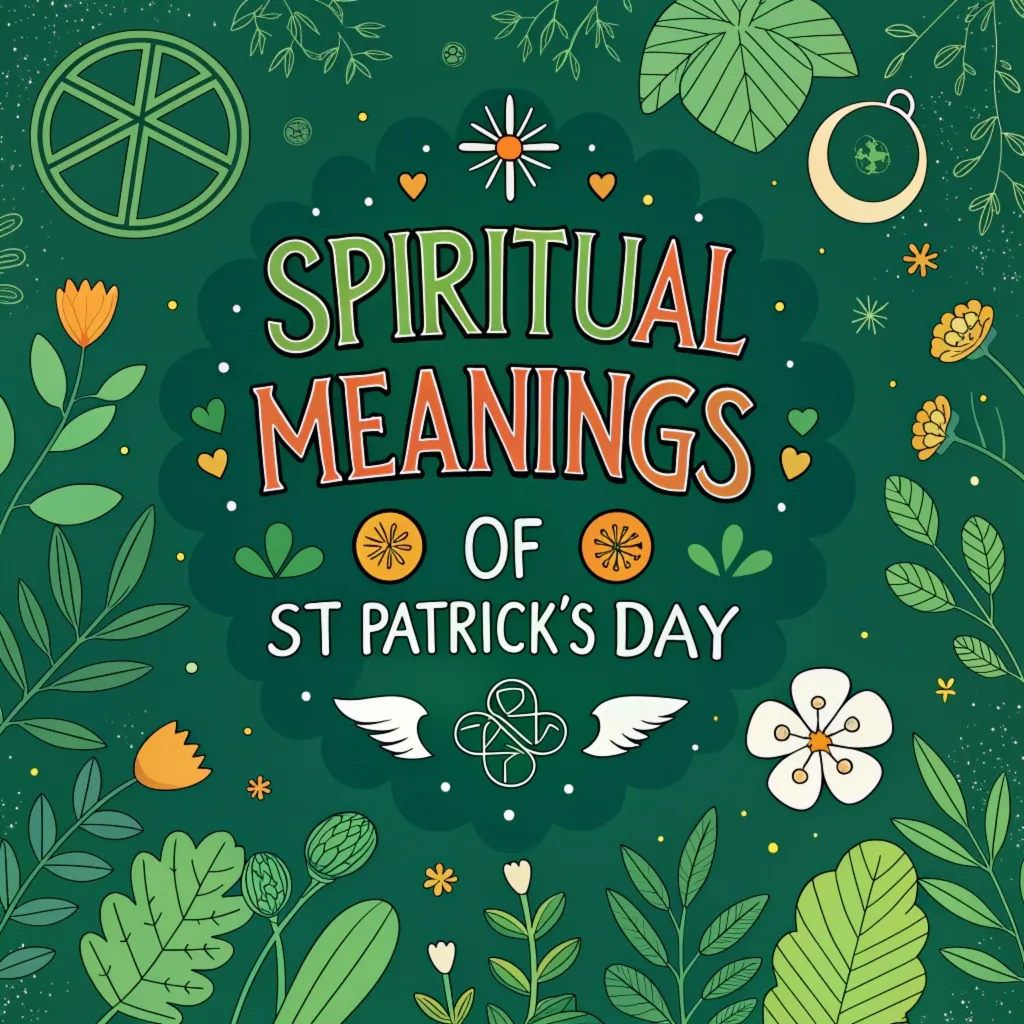
Spiritual Transformation of a Nation
The holiday commemorates the spiritual transformation of Ireland through Saint Patrick’s work. This national conversion story resonates with many as a testament to the power of faith to change societies.
Saint Patrick helped change Ireland in a big way. Before he came, many people in Ireland believed in different gods. After Saint Patrick taught them about Christianity, a lot of people started believing in one God.
This was a big change for the whole country. It shows how one person’s faith can make a difference to many people. That’s why St. Patrick’s Day is about remembering this important change in Ireland’s history.
Connecting with Ancestral Spirituality
For those of Irish descent, St. Patrick’s Day offers a chance to connect with ancestral spiritual roots. Many use this time to honor their heritage and the faith of their forebears.
Many people with Irish families use St. Patrick’s Day to think about their ancestors. They remember the beliefs and traditions of their grandparents and great-grandparents.
This helps them feel connected to their family history. Some people might pray the same prayers or sing the same songs their ancestors did. It’s a way to keep old traditions alive and feel close to their family’s past.
The Green Connection: Nature and Spirituality
The prevalence of green in St. Patrick’s Day celebrations links to Ireland’s natural beauty. This connection reminds us of the spiritual aspects of nature and our role as stewards of creation.
Green is a big part of St. Patrick’s Day. This color reminds us of Ireland’s beautiful green fields and forests.
It also helps us think about nature and how important it is. Many people believe that nature is a gift from God.
On St. Patrick’s Day, the color green can make us think about taking care of the Earth. It’s a reminder to be kind to nature and appreciate its beauty.
Modern Spiritual Observances
Today, many observe St. Patrick’s Day through church services, prayer, and acts of charity. These practices help maintain the holiday’s spiritual core amidst secular celebrations.
Even though St. Patrick’s Day has lots of parties, many people still celebrate it in spiritual ways. Some go to special church services.
Others spend time praying or thinking about God. Many people do nice things for others, like helping at a food bank.
These actions keep the true meaning of St. Patrick’s Day alive. They show that the holiday is still about faith and being kind to others, just like Saint Patrick taught.
FAQs
What is the primary spiritual significance of St. Patrick’s Day?
St. Patrick’s Day primarily commemorates the introduction of Christianity to Ireland by Saint Patrick and celebrates the Irish Christian heritage.
How does the shamrock relate to Christian symbolism?
The shamrock symbolizes the Holy Trinity in Christian teaching, with its three leaves representing the Father, Son, and Holy Spirit.
Can non-Christians find spiritual meaning in St. Patrick’s Day?
Yes, the holiday embodies universal themes of renewal, hope, and community that resonate with people of various spiritual backgrounds.
How do modern Christians observe St. Patrick’s Day spiritually?
Many attend special church services, engage in prayer and reflection, or perform acts of charity to honor Saint Patrick’s legacy.
What lessons can we learn from Saint Patrick’s life story?
Saint Patrick’s life teaches perseverance, forgiveness, and the power of faith to overcome adversity and transform lives.

Hello, I’m Zephyra, your guide at SpiritualityEssence.com. I’m passionate about uncovering life’s mysteries and sharing transformative insights. Let’s explore mindfulness, ancient rituals, and the path to a more awakened life together. Join me on this spiritual journey!

